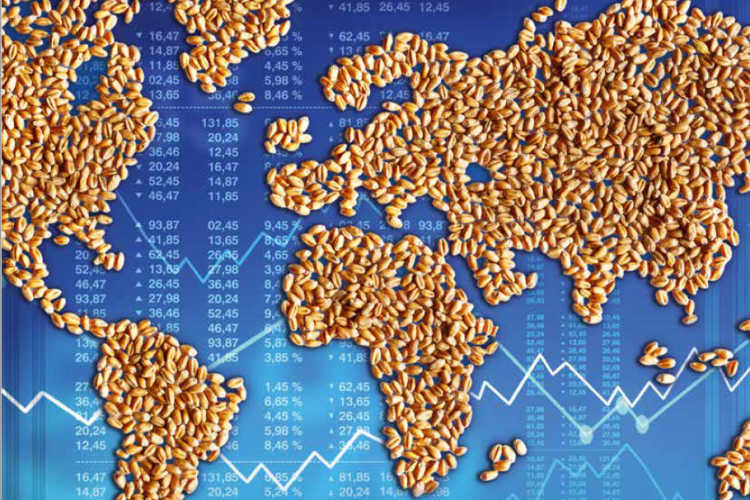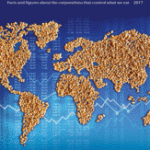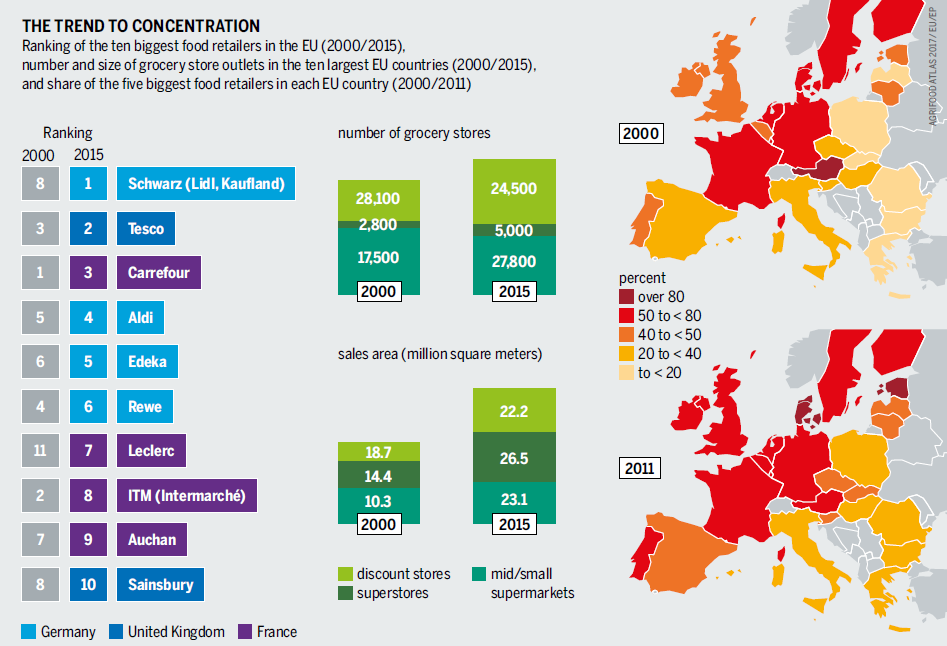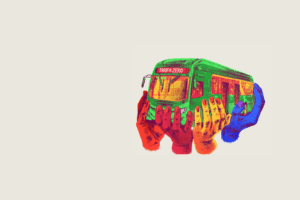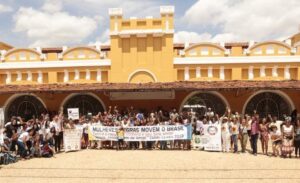Agrifood Atlas – Facts and figures about the corporations that detemine what we eat
What we eat is a political issue. Corporate marriages, mergers, and takeovers concentrate control in the hands of big agricultural corporations at each link in the value chain—from field to fork. Promoting a form of agriculture revolving around productivity and financialization, individual food firms have gained immense market sway, driving purchasing and sales policies by exerting price pressure.
The costs are always highest for the weakest links in the chain: farmers, farm workers, and consumers. With no binding rules on human rights, labor rights, and environmental protection, the business models and growth strategies of agricultural corporations wreck ecological havoc, lead to poor working conditions, and cause poverty further back in the chain.
While a rising number of people are organizing resistance movements against agrarian and trade policies that boost the power of the multinationals, the trend towards a further concentration of corporate power continues. A major reason lies in the power relations described in this atlas. To push for the necessary political changes, we first need to understand the basic facts about agri-food businesses and corporate power.
The atlas serves data and facts on major food firms, new agro-technologies (such as synthetic fertilizers or crop genetics), and trade-related issues like price fluctuations in agricultural commodities or the branding of agricultural products. The collection of about 20 articles and numerous graphics on current trajectories in the agrifood system shows why and how the road to a socio-ecologically oriented agricultural and nutritional industry must be taken.
AGRIFOOD ATLAS
Published by Friends of the Earth Europe, Heinrich Böll Foundation and Rosa Luxemburg Foundation, 2017
Two trends coincide in the agrifood sector: ever fewer corporations are taking control of an ever bigger market share and are gaining influence in many parts of the world. At the same time, the opportunities for civil society and social movements to oppose such developments are being restricted.
A growing number of people are organizing themselves and are changing their buying habits to recreate diversity in the value chain. But that is not enough to end hunger and poverty or to protect the environment. The withdrawal of government from economic intervention is a major cause of the colossal environmental and climate damage and the global injustice that we see today. It is high time for a socially and politically oriented regulation of the agrifood industry.
We hope that this atlas will stimulate a broad-based social debate on this vital topic. We consider it a toolbox, so please feel free to use articles and graphics.
Example from the book:
Pictures: Agrifood Atlas

